












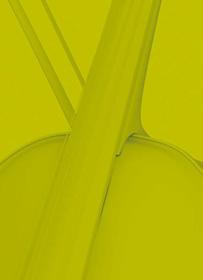


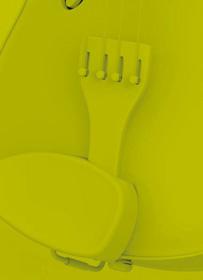


























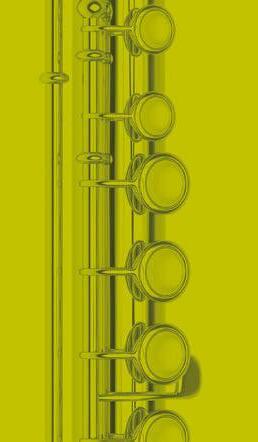
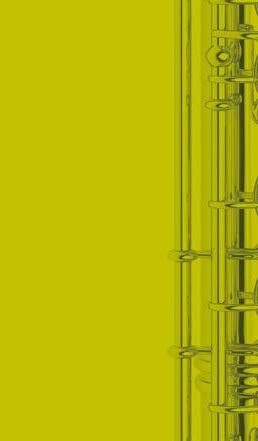


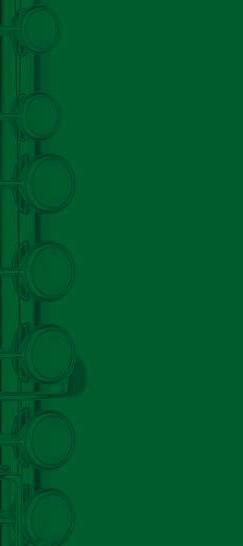



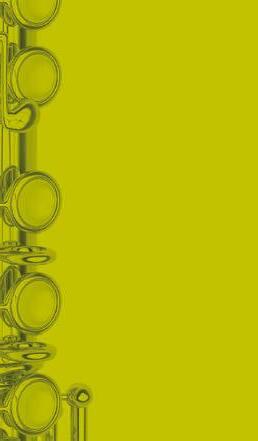
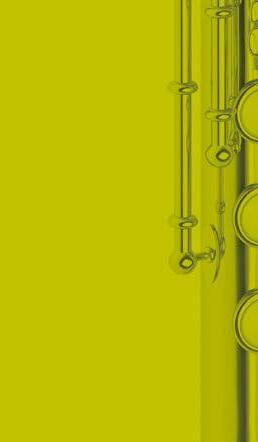



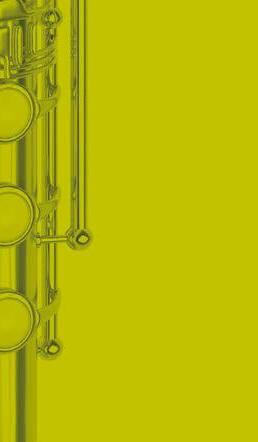








































































In our books are developed the four specific skills that the new Music syllabus for ESO establishes with the following didactic proposal:
Global introduction of the contents (skills and basic knowledge) in an organized and coherent structure that allows the easy and simple use of the book.
The teacher has complete materials that allow the choice and adaptation of the teaching method, the content selection, activities and several levels in both exactitude and depth.
Autonomous learning. The students can use the book with autonomy and easily locate their interests, understand and even learn unconsciously the main concepts and their connections.
Flexibility. The book can be used in an organized and complete way, if the teacher decides it so. But it also allows the alternation or combination of contents, eliminate some of them, barely name them or deeply study them without any other sources needed.
This is a complete material, with all the diverse contents and activities (with several procedures and difficulty levels) to be a unique work tool, that is completed with all the digital resources and the specific answers for the teachers.
Quality of the text thanks to the attention to the writing, the language concision and the exactitude when introducing the contents.
Some elemental techniques for interpretation (vocal and instrumental) have been incorporated, as well as warming-up exercises and emotion control techniques.
We emphasize the role of the women in the music, in all the spheres incorporating feminine figures in the normal development of contents, but also creating a specific section for a deeper and more detailed knowledge and as well offering auditions from the most relevant women composers.
Based on the real world: all the knowledge, problem or activity has an specific context and an application in the daily life and other different situations.
Learning with a more practical approach, where the students can be “involved” and learn how to “apply” the knowledge.
Teamwork: the students work in teams to solve problems and complex tasks and they accept responsibilities at the same time.
Ability to discover new knowledge: learning to learn, so each student can take control over his or her learning process.
Personal learning environment (PLE) is very diversified, integrated by contents; work methods; scores, audios, music basis, midis, activities and downloadable tasks, apps, information sources… that enable the autonomous learning.
A project with a transversal approach is suggested for each grade (“Traditional music” and “Final concert”) where each student becomes the protagonist of his or her learning process with a methodology based on the research, the reflection and the cooperation and which will make the students assume different roles and responsibilities.
The basis is an exciting situation for the students that includes basic knowledge, assessment criteria and skills, applied in a context or situation from the real life and whose goal is obtaining a final product.
Deep use of the different apps by employing specific digital tools created for the music edition, experimentation and creation, interpretation and recording.
Richness and diversity in the repertoire provided for the music practice and always accompanied of the corresponding simplified or adapted scores. The selection is done according to quality criteria and keeping in mind the most significant examples from the cultural music.
All the scores for the musical activities are available. These are, for the teachers, a real “treasury” as work materials and, for the students, they are an element there their effort and learning evolution can be visible.
All the suggested scores for interpretation are adapted to the instruments that are usually available in the classroom and the usual voices of the students. Also, in several cases they include supporting music bases and accompaniment.
Several proposals based on games (individual, in small or big groups) are made:
Sound riddles: to identify the sound qualities and explore different sound objects of the own vocal possibilities.
Dominoes: to work on the connection between notes and music silences.
Music equations: to work the equivalence of music durations.
Body percussion activities and batucadas.
Chrome’s music laboratory: music apps to experiment and play with sound, from sound waves to music composition.
Deck of sound cards: includes the four features of sound as the four suits in the deck with all the concepts and elements of the music language that have been studied.
Music game of the goose: game with open-ended questions about the main contents of the year that encourages the cooperation in small groups and also creativity.
Crosswords, word search, typos, intruder…
The reference chart “Emotional answers to music” has been created to give each student a vocabulary that allows the identification and expression of emotions. This is now included in the books as a daily activity that completes the appreciation of music and foments the personal development of sensibility and affection.
Encouragement of diversity and integration. Music and dance develop the multiple intelligences in all their versions: music intelligence, body and movement intelligence, spatial intelligence, individual or emotional intelligence, interpersonal or social intelligence, linguistic intelligence and logical-mathematical intelligence.
The 17 SDO of the Agenda 2030 are studied so the students learn and promote an involvement with the most urgent challenges that the humanity is facing now: end the poverty, protect the planet and guarantee the human rights for all the people.
As key element for the students’ inclusion and school success. Some activities are marked with the icons of their key skills. Also, the practices, activities and tasks have been marked with the icons of these different skills:
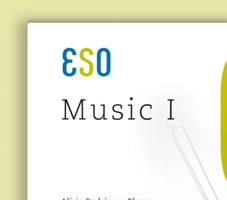
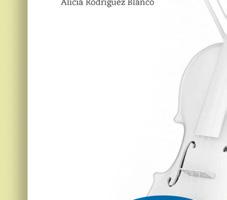
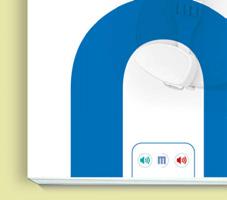
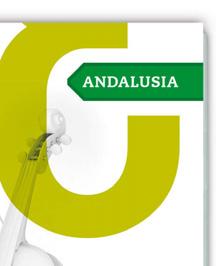
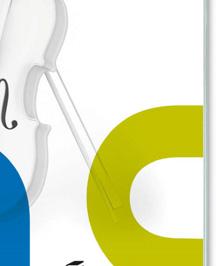
The paper edition includes a license to use the book in its digital format in www.blinklearning.com

Project: Traditional music
1. The characteristics of sound
2. The characteristics of sound: pitch
3. The characteristics of sound: duration
4. The characteristics of sound: intensity
5. The characteristics of sound: timbre
6. Sound organization: beat, melody, texture
7. Music structure: the music form
8. Music content and function: the music form
9. Music in Andalusia
ISBN: 978-84-1134-479-1
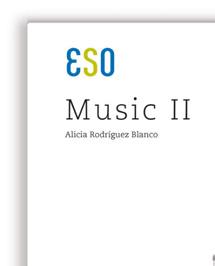


Project: Final concert Introduction



The paper edition includes a license to use the book in its digital format in www.blinklearning.com
1. Antiquity and Middle Ages
2. Renaissance
3. Baroque
4. Classicism
5. Romanticism
6. 20th century
7. Music of the world
8. Music in Andalusia
ISBN: 978-84-1134-481-4


It focuses in working the following basic knowledge:
Listening and music perception (A). Interpretation, improvisation and scenic creation (B). They are the contents of music language and they include from the basic elements and their graphic representation (notation-scores) to work procedures (music practice) based on listening, interpretation, creation and improvisation.




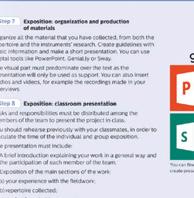
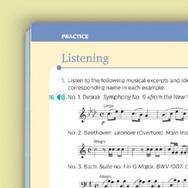
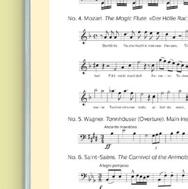
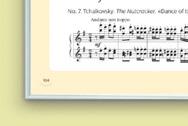
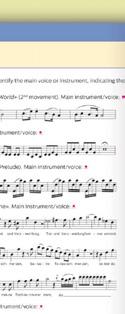











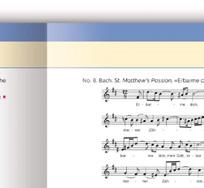


Music practice of listening and interpretation with the score to work the two aspects, language and culture, at the same time.

Scores. All music activities scores are provided and adapted to the available instruments in the classroom and usual voices of the students.
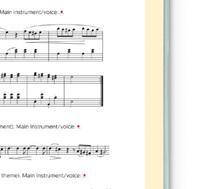
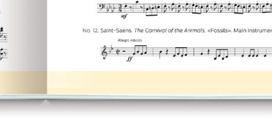
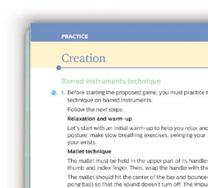
Chrome’s music laboratory: apps that offer experiments and sound games, from sound waves to music composition with melodies and chords.
Body percussion activities and batucada.


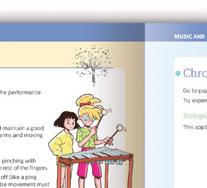
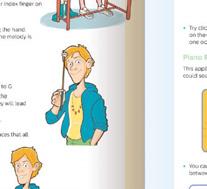

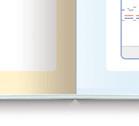

Project


The books starts with the global project “Traditional music” where the students must Include and connect all the skills and basic skills that they will see throughout the school year. This is a fun project to “learn by doing something” that allows the development of the teamwork skill, learning by competences and creativity. Available Listenings MIDI
Gamification
Several proposals based on games individual, in small or big groups.
Musical equations: equivalence of music durations.
Dominoes: to work on the connection between notes and music silences.
Deck of sound cards: the four features of sound as the four suits in the deck with all the concepts and elements of the music language.
Game of goose: game with openended questions that encourages the cooperation in small groups and also creativity.
Sound riddles, crosswords, word search, typos, intruder...


Use of ITC
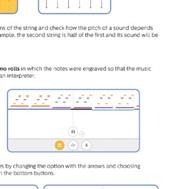
Deep use of the different apps by employing specific digital tools created for the music edition, experimentation and creation, interpretation and recording.


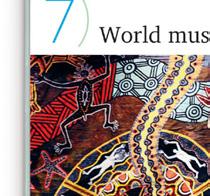
It focuses on the basic knowledge of Music contexts and cultures (C) that can be understood as history of music from the Occidental culture and, now with another new unit, of music from other cultures (“Music of the world”).

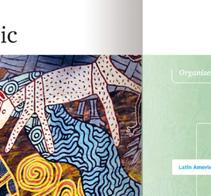


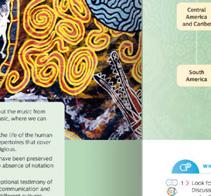
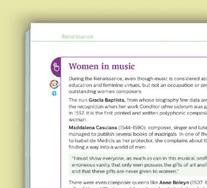
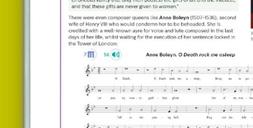




Section “Women in music” to specifically encourage the work about women in music already studied in the charts and the text.


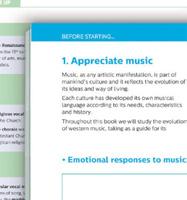







Initial context pages with illustration, introduction, scheme and specific chronological chart.








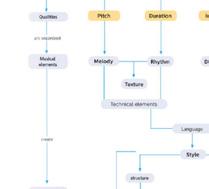
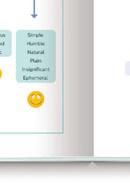
Emotional learning work through the frame “Emotional responses to music”, created to give each student a vocabulary that allows the identification and expression of emotions.






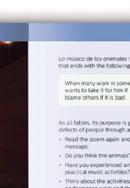










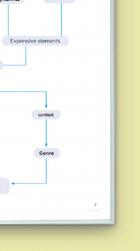

The book starts with the global project “Final concert”, where the students must integrate the competences and basic knowledge learnt during the school year.



Digital resources that are compatible and can be added to the educative platforms.
Digital format that includes the book and related resources. Teacher’s book and student’s book are distinguishable. Access through www.blinklearning.com.
What are the available contents for the student?
The students have several different tools and resources that allows them to follow the course: they can underline, add comments and complete activities. They can also access to additional contents in each unit.
Possibility of learning with interactions, videos, audios and links to websites that expand or complement the book contents.
What are the available contents for the teachers?
Apart from all the resources and contents available for the students, the teachers have direct access to all the teachers’ resources in each unit:
- Syllabus
- Answers
- Presentations
- Etc. ANSWERS
It includes the wordings and solutions to all the suggested activities in the student’s book.
If there is an open-ended question, there are provided assessment guides.
Editable electronic document that summarizes for each unit the contents, assessment criteria, methodology, etc.
All the photographs, illustrations and schemes from each unit are available for the use inside the classroom.
Practical tool to assess the student’s knowledge acquisition that becomes an attractive resource to learn and the use of technologies. The navigation is easy and intuitive; it reinforces the digital skill and the learning through the practice with immediate results.
TEACHERS’ INFORMATION CENTER
If you have any question or want more information:
Phone: 91 799 20 40
e-mail: correo@editex.es
ORDERS
Phone: 91 799 20 60
e-mail: comercial@editex.es
If you want to know more about our publications: www.editex.es